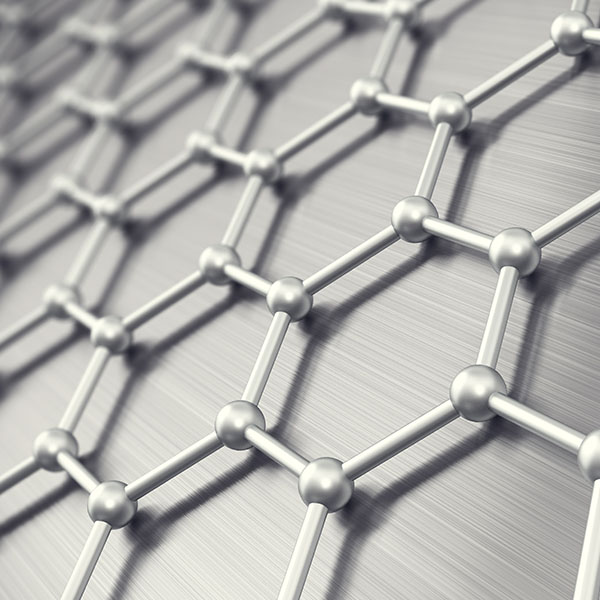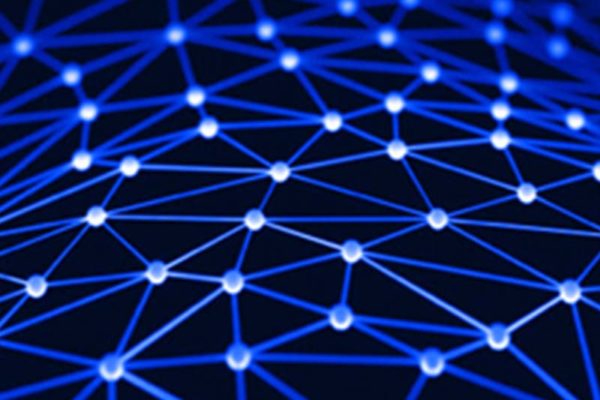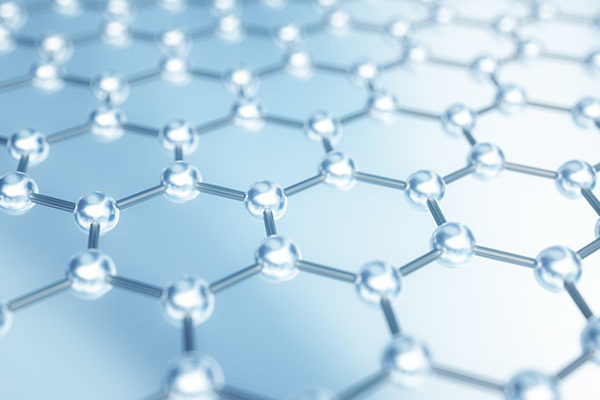Proposed use
The proposed technology is an online monitoring system that can monitor layered 2D material production in a liquid dispersion, in real time. The system can characterize a liquid dispersion across a number of wavelengths and can also measure the number of layers of a material in dispersion.
The technology has been previously used to measure changes in graphene concentration in liquid dispersion. Graphene is one of the most unique 2D material that has numerous applications such as opto-electronics, semiconductors, biomedical sensors, energy conversation and storage. The invention can also be used to provide real-time monitoring in chemical reactions of other industrial sectors such as pharmaceutical industry.
Problem addressed
It is challenging to achieve mass production and scale-up for 2D materials, because the efficiency of production methods, especially the exfoliation method need to the improved. Exfoliation method is a core step for separating nanosheets from layered precursor to produce 2D material.
The measurement of production output and material quality of 2D materials can only be achieved through lab-scale ex-situ approaches. However, lab-scale ex-situ approaches result in an exfoliation process with many disadvantages including: invasive sampling, long time processing sample and slow turnaround time.
These disadvantages can be addressed with smart production monitoring approach but this requires complex technical considerations. This is because, material quality, reproducibility, batch traceability and integration should all be controlled during 2D material production with exfoliation method.
Technology overview
The invention indirectly measures the changes in optical characteristics of liquid dispersion by measuring the reflected light from diffuse background surface. The system involves four core steps including: measurement of static and dynamic liquid dispersions, characterisation of liquid dispersions across many discrete wavelengths, reduction of wavelength resolution and optimisation of in situ measurement of production to improve the production output of 2D materials like graphene.
Benefits
- Collecting process performance information in real time
- Non-invasive sampling and measurement
- Ability to detect exfoliation processing in real time
- High temporal resolution and mixing time characterisation
- Easy implementation in real system
- Broad range of flow conditions
- Low cost implementation and easy to scale-out
- High compatibility with industrial internet platform (IoT,
IIoT/Industry 4.0) - Broad range of applications in chemical processing industries such as sensing formulations, drug discovery, and pharmaceutical productions
Intellectual property information
2D-MATERIAL EXFOLIATION: PCT Application (Number: WO2021/019228)






